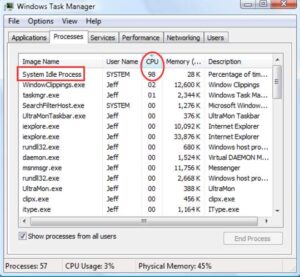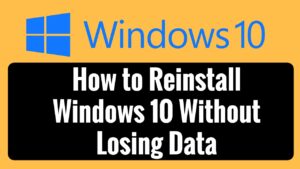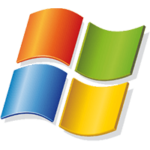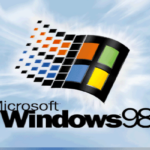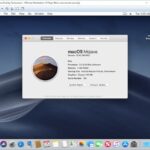Installing the Debian GNU OS on a computer is not any different than installing the other OS by following straightforward guidelines. We are delighted to present the understanding and a couple of major guidelines to put in Debian on your system.
Preparing your system
Before beginning the installation process, you would like to organize your system. Namely, you would like to require an inventory of your machine’s hardware. At certain points during the installation, you’re asked questions on the hardware, like monitor refresh rate, network care used, and such. Clearly, opening the machine to seek out that information is extremely inconvenient, to mention the smallest amount. Thus, proper preparation will prevent headaches later.
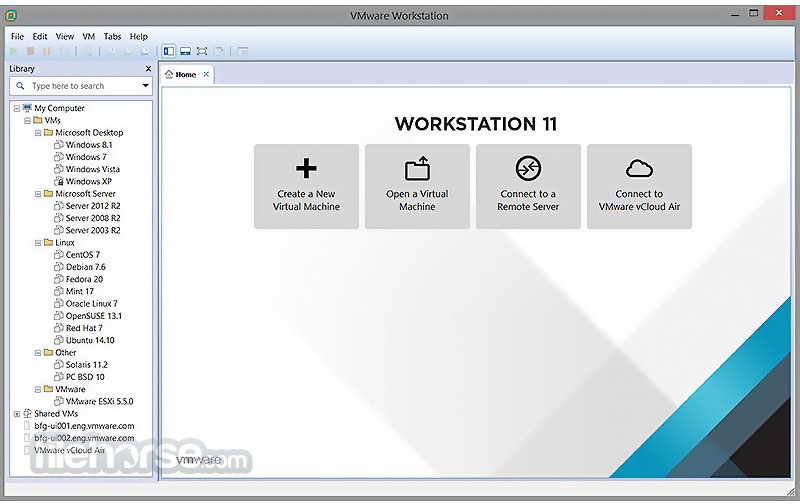
If you bought your computer as a billboard system, you would possibly be ready to attend the company’s internet site for a specification sheet on all its components. This could probably include the specifications for your monitor, like maximum resolution and horizontal and vertical refresh rates.
Download Linux ISOs: Top 10 Free Linux Distributions
To avoid trouble during the installation process, inspect the manufacturer’s Website on any questionable system components, even on a billboard system. More and more sites are including helpful information about using Linux with their products. You can also determine if the manufacturers even support Linux. If so, you’ll get any special drivers needed before you put in
- If you’ve got saved the first paperwork given the system, the specifications sheets will contain all the knowledge you would like.
- If you’re a Windows user and need to possess a dual boot system or want to get rid of Windows and use Linux only, make certain to record the knowledge about your system first.
Every distribution support slightly different hardware, except for the overwhelming majority of hardware, you’ll find the right drivers. However, some proprietary hardware isn’t supported. You can find a reasonably comprehensive list of compatible hardware.
You can easily access many of the needed specifications for the Windows Devices Manager within the following ways:
- Right-click the My Computer icon on the desktop.
- Click the Device Manager tab within the panel that appears. From here you can see all the devices installed on your system.
- If you’ve got a printer connected to your system, press the Print button at rock bottom of the panel.
- The next panel allows you to specify what proportion information prints out- Summary or All. The summary provides all the knowledge that you simply will presumably need. The All option includes the Windows drivers utilized in addition to the Summary listing.
As most of the people use Linux, more drivers are being developed for the varied hardware that folks use. Hardware that might not work five years ago is now supported by the manufacturers. it’s to the manufacturer’s advantage to support its products with Linux drivers and to incorporate instructions for its use.
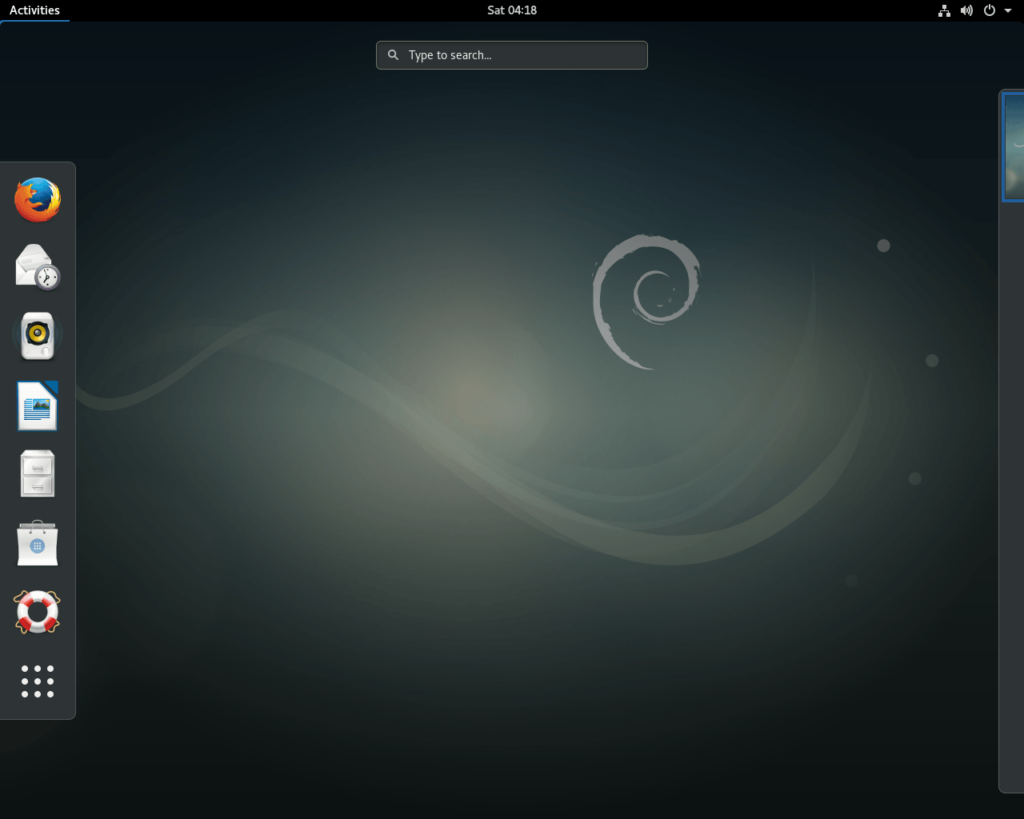
For those of you who prefer to build a dual boot system, you’ll be got to prepare the disk drive by creating enough space below the 1,024 sector point on the disk. this is often the limitation for the Linux boot loader. The boot loader is that the program that manages which OS gets started at boot time. no matter whether you employ the Linux boot loader or another boot loader, this limitation determines where to put in Debian.
You will also need space on the disk drive to put in the OS. Make a note of the quantity of memory your video card has when the system boots up.
Configuring the Debian System
After restarting the system, you’re able to begin the configuration. This involves numerous questions regarding the bottom configuration of Debian GNU/Linux. As you undergo these questions, confine the mind to what the intent of this technique is.
The first panel you see asks whether you would like to enable md5 passwords. Essentially, this feature enables longer, safer passwords. Otherwise, passwords are limited to no quite eight characters. it’s suggested that you simply shouldn’t use this feature if you plan to use Network Information Services (NIS).
The next panel comes with an installation of shadow passwords. Shadow passwords are a way of encrypting the password so nobody can directly read them. Systems not using shadow passwords can have the password file read straight from the file. The system intended to be connected to the web should use shadow passwords. In fact, you should use shadow passwords regardless of safety and security.
The VMware Workstation
Compatibility Guide shows the certification status of OS releases to be used as a Guest OS by the subsequent VMware products:
- VMware ESXi/ESX Server 3.0 and later
- VMware Workstation 6.0 and later
- VMware Fusion 2.0 and later
- VMware ACE 2.0 and later
- VMware Server 2.0 and later
VMware Certification and Support Levels
VMware product support for OS releases can vary depending upon the precise VMware product release or update and may even be subject to:
- Installation of specific patches to VMware products
- Installation of specific OS patches
- Adherence to guidance and proposals that are documented in knowledge domain articles VMware attempts to supply timely support for brand spanking new OS update releases and where possible, certification of latest update releases are going to be added to existing VMware product releases within the VMware Compatibility Guide based upon the results of compatibility testing.

